Tulshibaug Ram Temple
The 18th-century temple was once the tallest structure in Pune, and surrounded by a garden of tulsi.
In the heart of Pune, India, a bustling market teems with life in the Tulshibaugn area. Throngs of people visit the famous market’s intricate crisscrossing lanes every day to shop for all kinds of wares and products, from food and clothing to artwork and religious items.
Deep in the market, visitors can find a courtyard with a temple in its center. It’s named the Tulshibaug Ram Temple, with the word tulsi meaning holy basil (Ocimum tenuiflorum) and baug meaning garden. Tulsi is an important offering to Lord Ram. Once upon a time, there was a tulsi garden here, which gave the area its name.
The temple was built in the 18th century by Naro Appaji Khire, then-subedar, or governor, of Pune. The construction of the inner main sanctum was started in 1759 and was completed in 1762, while the outer wooden congregation hall was built later in 1885.
When the temple was built, the intricately designed 74-foot-tall-spire was the tallest building in the city. Within the courtyard, there are several other smaller temples and shrines of various deities. Above the arched northern entrance into the courtyard, there is the old nagarkhana [drum house or drum chamber]. Within the precinct, there are religious murals and paintings on the stone walls, as well as dazzling brass and copper shops.
In recent times, conservation and restoration have been done on the temple premises, which can still be explored today.
Know Before You Go
The temple complex is located in the heart of Tulshibaug in the centre of Pune, a short distance east of Vishrambaug Wada. There are multiple entrances into the temple courtyard.

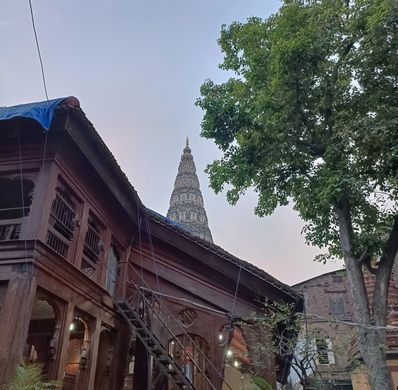
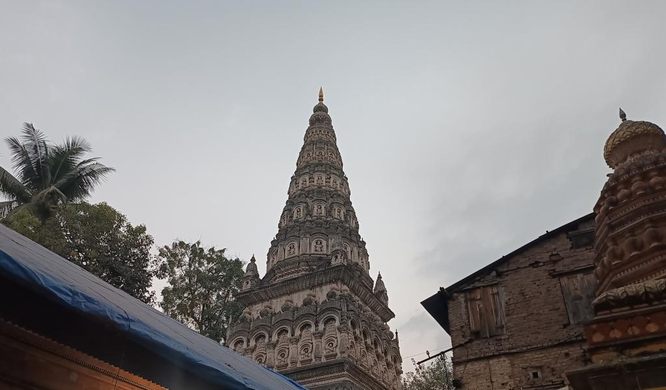
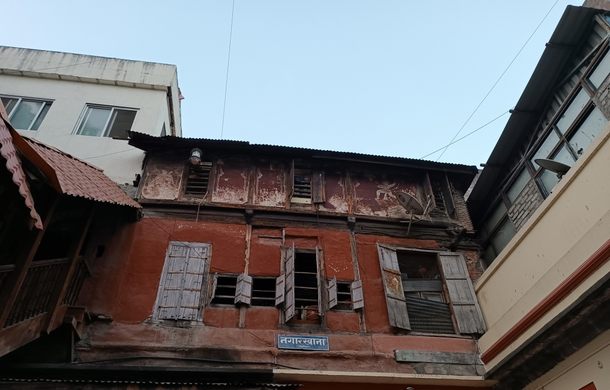
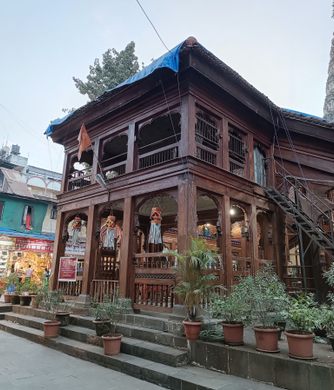
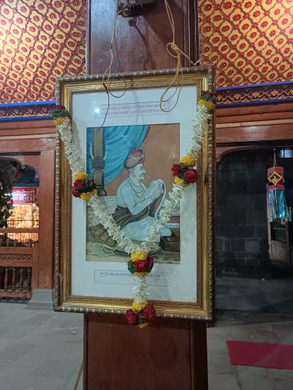
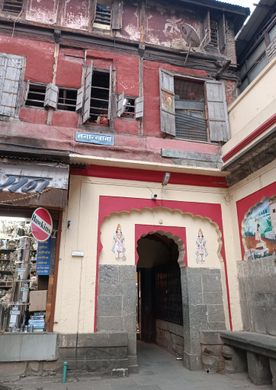
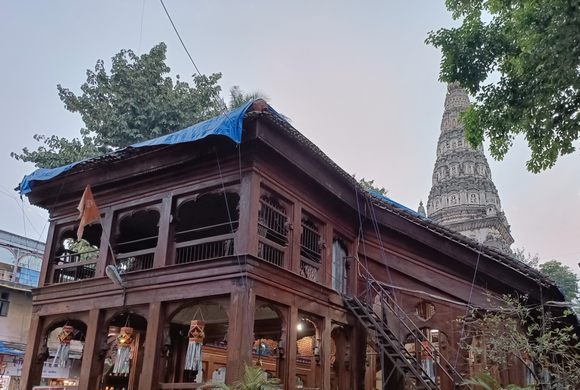
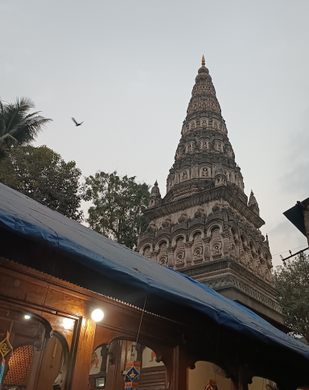
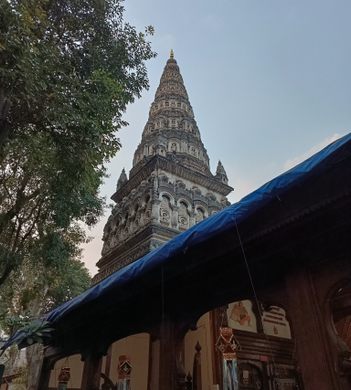
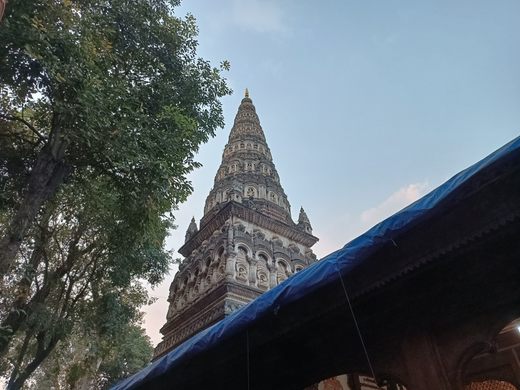





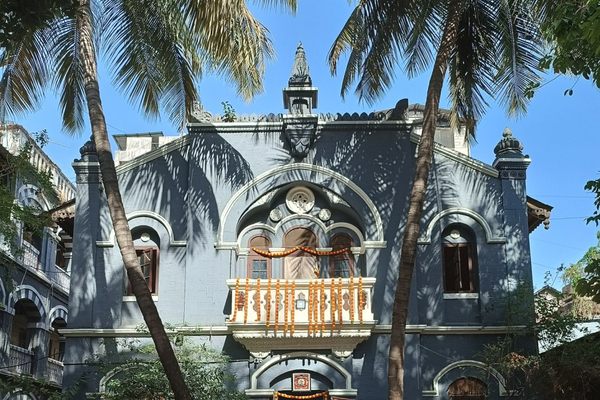
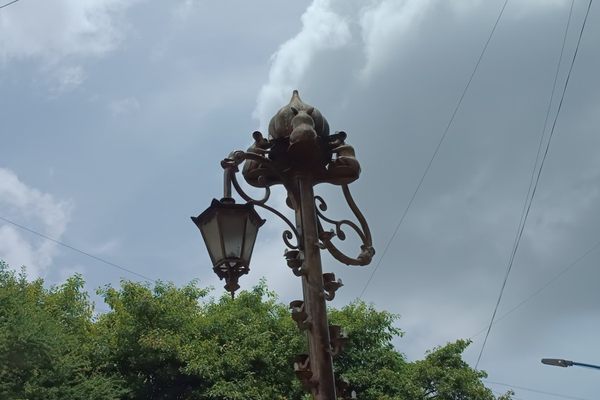


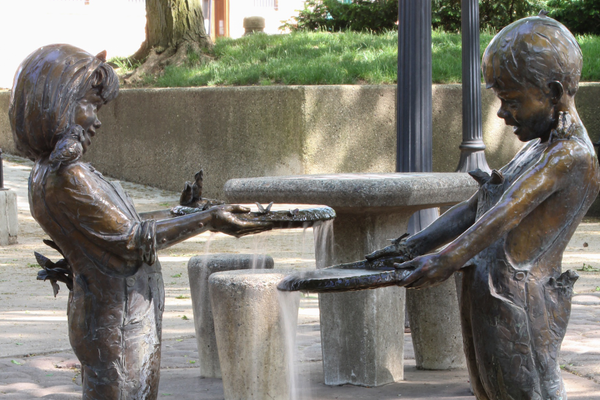


Follow us on Twitter to get the latest on the world's hidden wonders.
Like us on Facebook to get the latest on the world's hidden wonders.
Follow us on Twitter Like us on Facebook